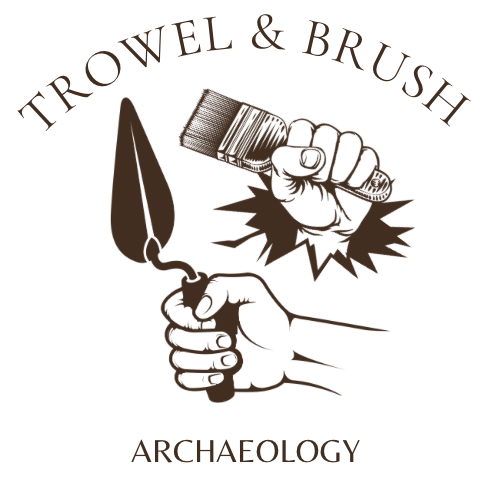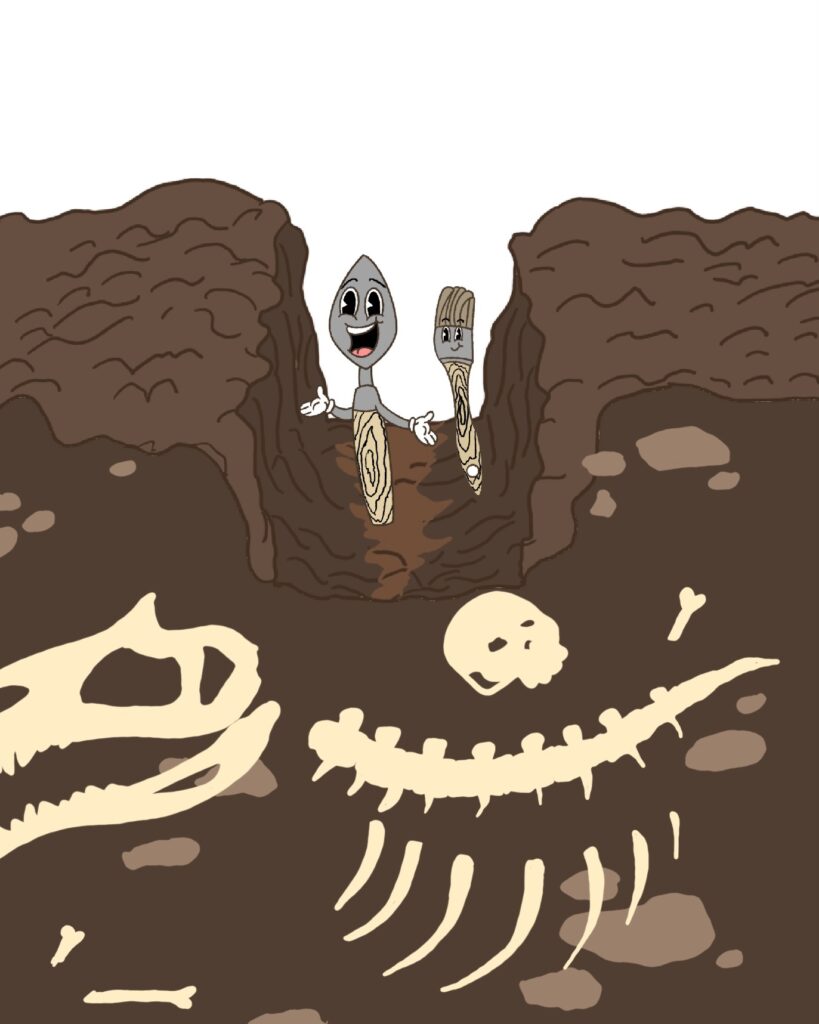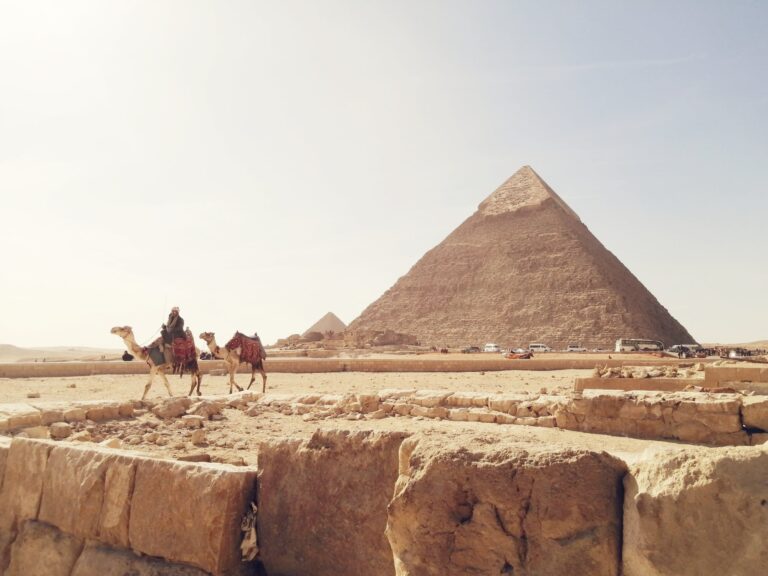Exploring the Depths of Archaeological Trenches
Archaeological Trenches
At the heart of every archaeological dig lies an essential component—the archaeological trench.
Often evoking images of adventurous archaeologists carefully sifting through layers of soil, these trenches are the gateways to unlocking the mysteries of bygone civilizations.
In this article, we delve into the world of archaeological trenches, uncovering their purpose, methods, and the fascinating discoveries they have yielded.
Unearthing the Purpose
The primary objective of an archaeological trench is to expose and examine the layers of sediment or soil that hold hidden treasures from the past.
These trenches serve as a window into the timeline of human history, enabling archaeologists to decipher how societies evolved over time.
By carefully excavating and documenting each layer, researchers gain invaluable insights into cultural practices, technological advancements, and even the daily lives of our ancestors.
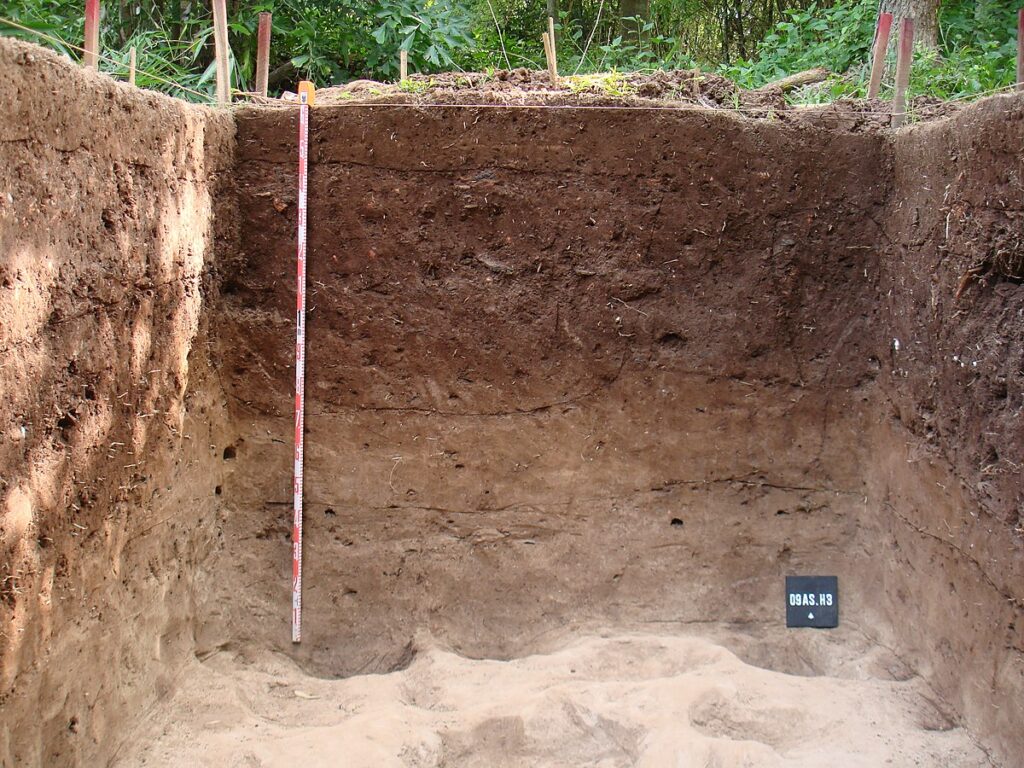
Methods of Excavation
The process of creating an archaeological trench involves meticulous planning and execution.
Before digging begins, archaeologists conduct extensive research, studying historical records, maps, and previous surveys of the site.
This background information helps them identify potential areas of interest, such as ancient settlements or burial grounds.
Once the site is chosen, archaeologists meticulously mark the boundaries of the trench and carefully remove the topsoil layer to expose the underlying stratigraphy.
Layer by layer, they record and analyze the artifacts, ecofacts (organic remains), and features encountered.
These findings are vital for dating the different strata and understanding the temporal sequence of events.

Archaeological Context
To fully understand the significance of each discovery, archaeologists place great emphasis on the archaeological context—the spatial and temporal relationships between artifacts and features within the trench.
The exact position of an artifact in relation to its surroundings can reveal crucial information about its use, significance, and the activities of the people who left it behind.
Through meticulous mapping, photography, and note-taking, archaeologists document the exact location, orientation, and associations of each find.
By doing so, they preserve the integrity of the trench and enable future researchers to reanalyze and reinterpret the data.
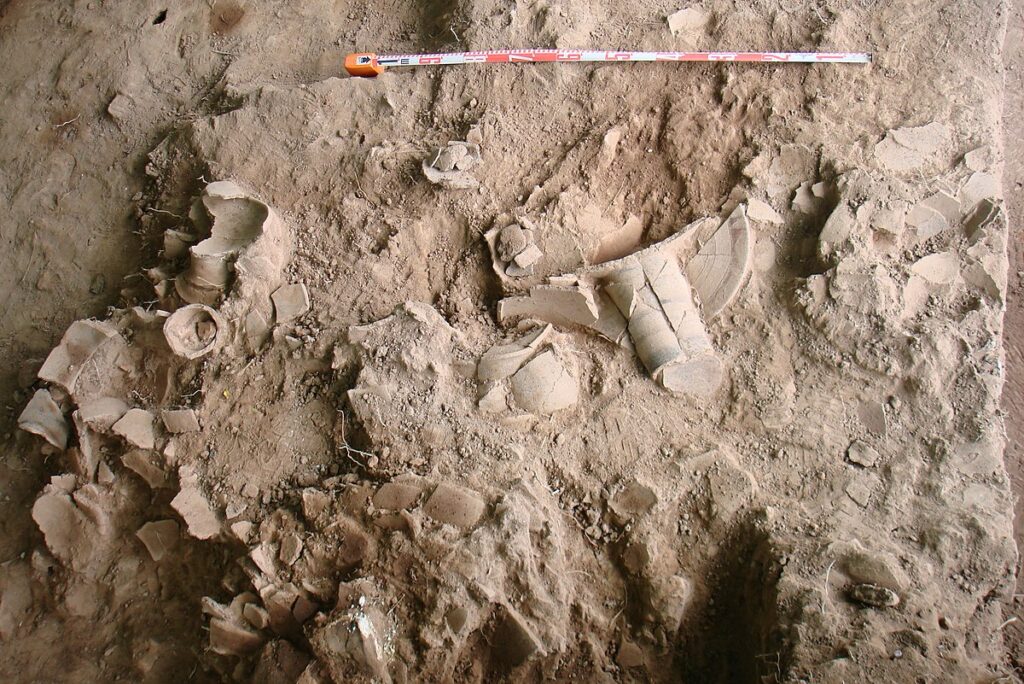
Unexpected Revelations
Archaeological trenches are renowned for their ability to uncover unexpected revelations.
Sometimes, a seemingly ordinary trench can lead to extraordinary discoveries that challenge prevailing theories or shed light on lesser-known aspects of history.
For instance, in 1974, paleoanthropologist Donald Johanson unearthed the skeleton of “Lucy,” a 3.2 million-year-old hominin, in the Hadar region of Ethiopia.
This astonishing find revolutionized our understanding of human evolution.
In addition to the remarkable discoveries of ancient human remains, archaeological trenches have also yielded unique artifacts, such as pottery, tools, jewelry, and artistic masterpieces.
These treasures not only provide aesthetic value but also offer glimpses into the artistic, religious, and technological achievements of past civilizations.

Preservation Challenges
While archaeological trenches open doors to the past, they also present challenges in terms of preservation.
Once exposed to the elements, delicate artifacts, and features are susceptible to deterioration.
This vulnerability demands careful planning, conservation, and documentation to ensure the long-term preservation of the site.
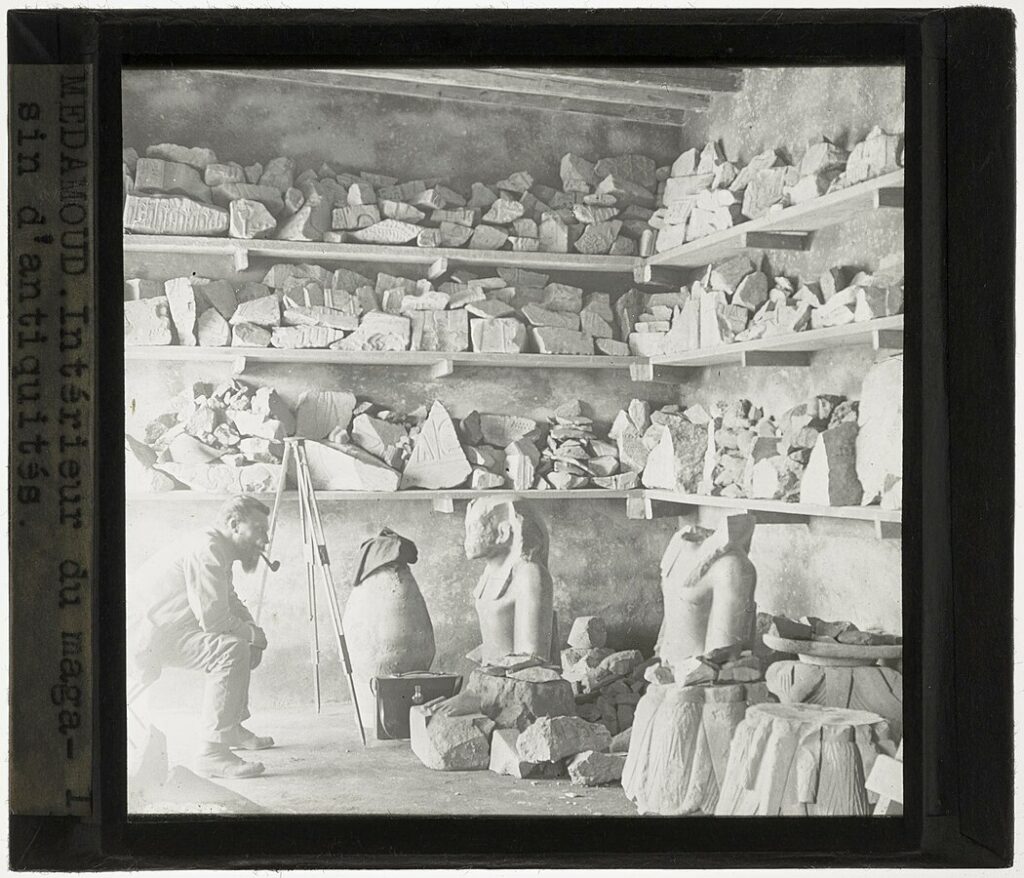
Archaeological trenches are portals to the past, allowing us to travel through time and understand the diverse cultures and civilizations that preceded us.
With every careful brushstroke and meticulous record, archaeologists bring the past to life, unearthing the stories hidden beneath the surface.
As we continue to explore the depths of archaeological trenches, we unravel the tapestry of human history, one layer at a time, in an ongoing quest to piece together the puzzle of our collective heritage.
Check out our other stuff
“Fun Fact: In 2013, during an excavation at Vindolanda, a Roman fort near Hadrian’s Wall in England, archaeologists discovered a remarkably well-preserved tablet containing an ancient Roman birthday invitation. The invitation, written in ink on a thin wooden tablet, invited the recipient to a celebration nearly 2,000 years ago.”
If you enjoyed reading this article, check out our others by clicking the button below.
